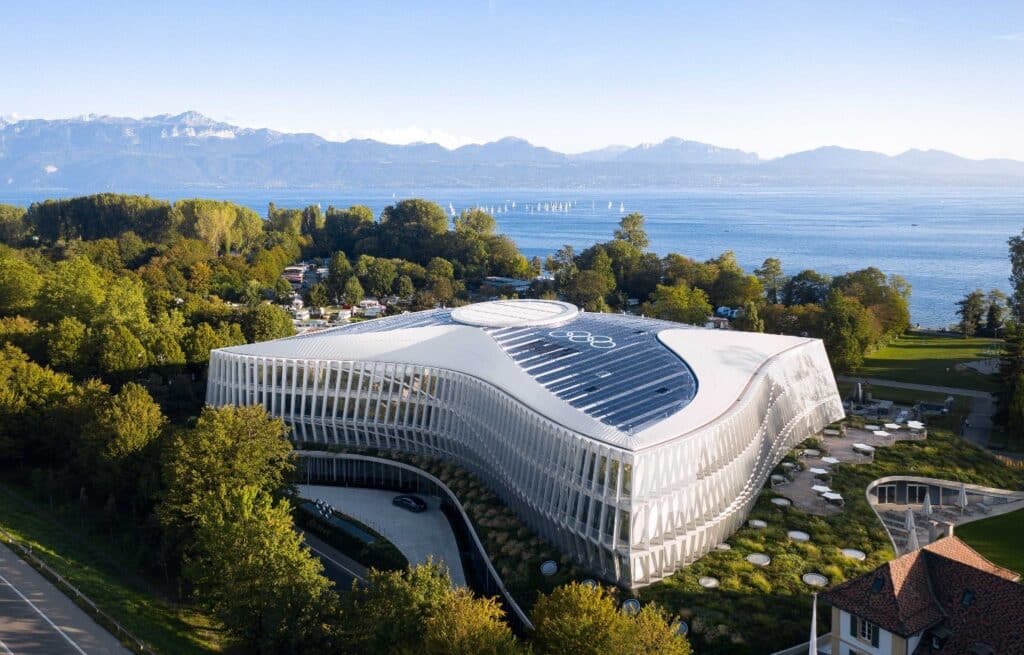LEED (Leadership in Energy and Environmental Design) certification has become a prestigious standard in the real estate sector, marking buildings that meet high sustainability, energy efficiency, and environmental standards.

For investors and tenants alike, LEED-certified buildings offer a range of compelling advantages, from cost savings to long-term asset value.
For investors, LEED certification provides enhanced property value and market appeal. These buildings typically attract higher occupancy rates due to growing demand for sustainable spaces, particularly among eco-conscious businesses and individuals. Additionally, LEED-certified buildings command higher rental and sale prices as tenants and buyers are willing to pay a premium for green properties. With lower utility and operational costs due to efficient energy and water use, investors also benefit from reduced overheads. Moreover, LEED buildings often receive favorable financing terms and tax incentives, making them financially attractive investments.
For tenants, LEED-certified spaces provide a healthier and more productive environment. With improved indoor air quality, natural lighting, and better temperature control, these buildings create an optimal workspace that can boost employee wellness, satisfaction, and productivity. Lower utility costs are another advantage, as LEED buildings consume less energy and water, resulting in reduced bills—a particularly appealing aspect for businesses managing operating expenses. Furthermore, being located in a LEED-certified building can enhance a company’s image and align it with sustainability values, an increasingly important factor in brand reputation and customer loyalty.








